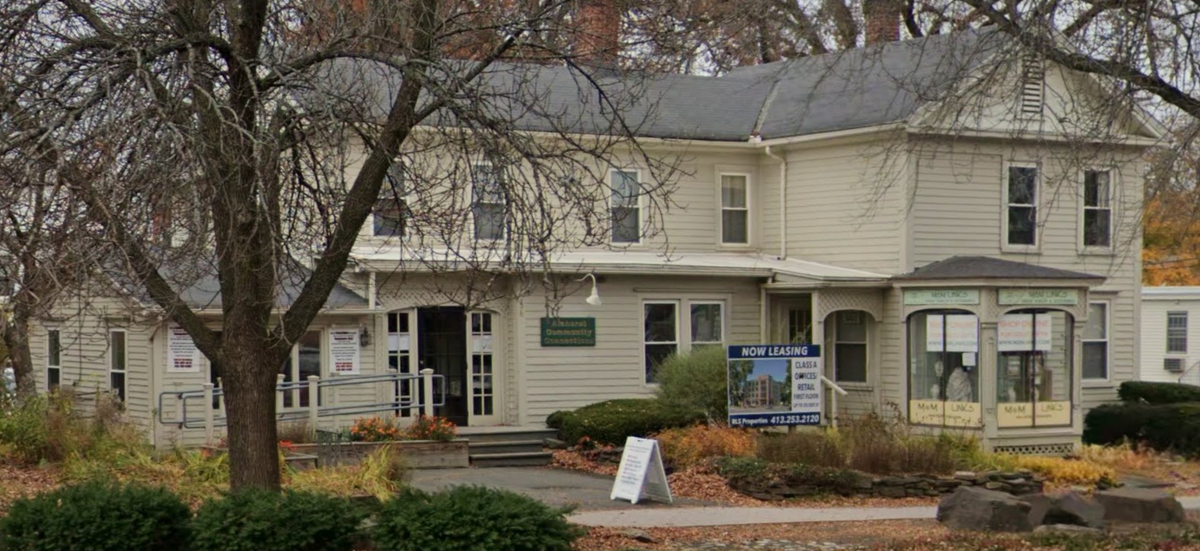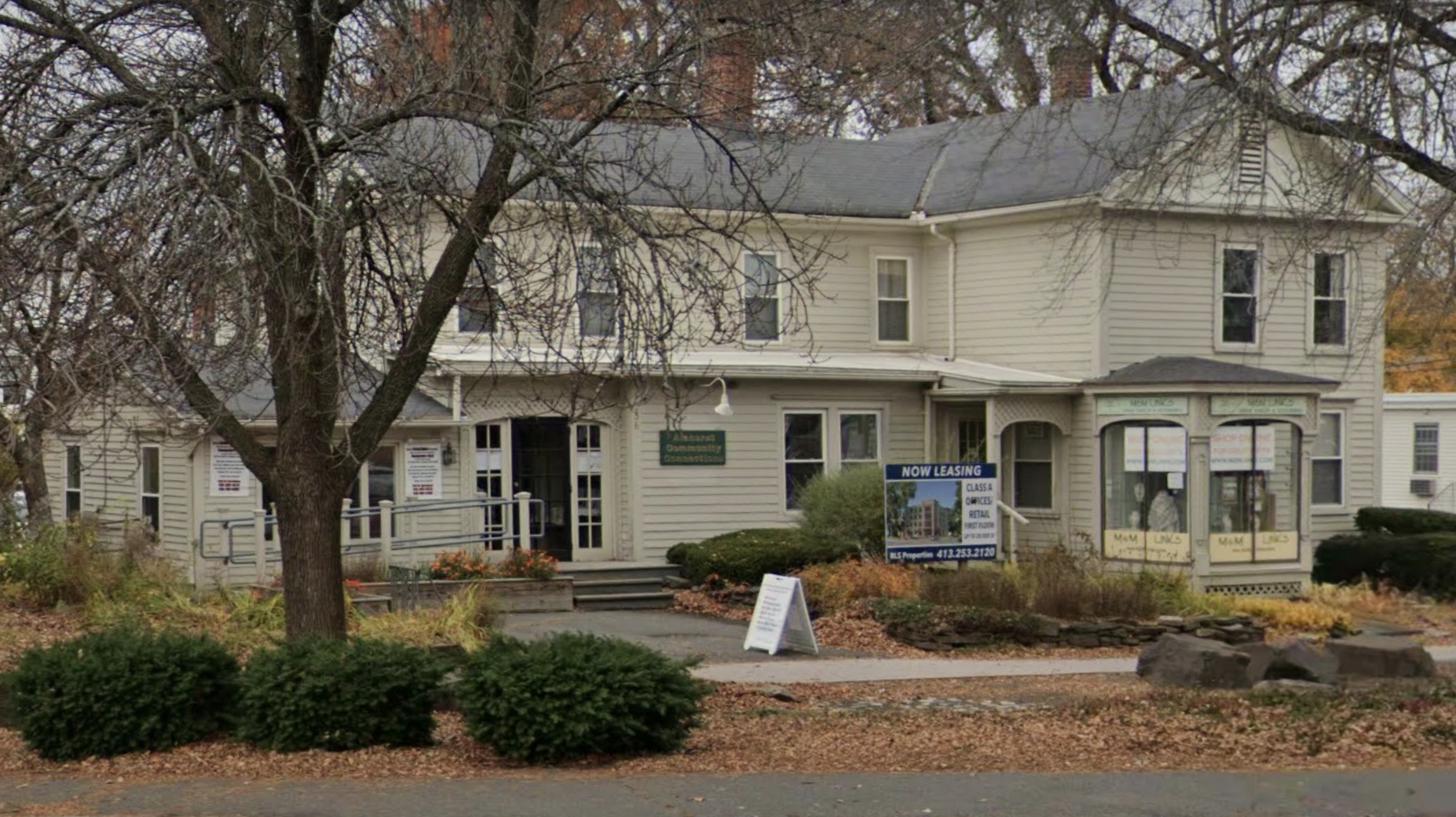Local Proposal Aims to Address Housing Crisis but Lacks Deliverable Plan
With Amherst College, Hampshire College, and UMass Amherst placing pressures on the local housing market, the Amherst Town council has introduced a new affordable housing policy. Some town members question whether local colleges should do more.

The Amherst Town Council recently introduced a new affordable housing policy in response to growing strain on the local housing supply with Amherst College, Hampshire College and UMass Amherst bringing back their full student bodies this fall for the first time since the pandemic started.
The policy report is the product of 18 months of work by the Community Resources Committee (CRC), a group within the Town Council. The CRC introduced the plan to the Town Council on Aug. 23. The plan outlines five goals including diversifying housing options to promote homeownership, “especially among low-income residents, people of color and Indigenous people”; increasing the rental housing supply; allocating more resources to affordable housing projects; and creating and maintaining environmentally sustainable housing options. The Council will officially vote on the proposal on Monday, Sept. 27.
The CRC used previous housing studies, reports and policies to form the 23-page comprehensive plan. One such study it drew from was the Amherst Master Plan, which notes that “the presence of higher education institutions in Amherst has a significant impact on the character of the Town’s population, as well as its housing needs.”
College students and faculty members often outcompete local residents for the town’s limited supply of housing, pushing prices up to sometimes exorbitant levels. Assistant Professor of Philosophy Rafeeq Hasan, whose research partially deals with the ethics of gentrification, has explored the stakes of when a town becomes unaffordable to its residents.
“Let’s be blunt: When only richer people can live in a community, the kind of interaction and interchange that is essential to democracy withers a little,” Hasan said. “And it sometimes reflects the outcome of zoning and other decisions that only reflect the interests of the most powerful.”
Amherst College currently has 49 students living off-campus, just one away from reaching its cap of 50 off-campus students, which the college “has never really reached before,” said former Chief of Student Affairs Karu Kozuma to The Student last semester. The off-campus student cap is a result of Amherst’s commitment to staying a residential college. In the same vein, Hampshire College typically requires its students to live on campus, making exceptions only for students who meet certain criteria like medical needs, being above the age of 25 or having parents within a 30-mile radius. Meanwhile, UMass Amherst is housing 13,000 of its students on campus this fall, leaving the rest of its nearly 30,000-student population to find housing elsewhere nearby. The university helps those students find housing on its Off Campus Housing Website, which currently has 38 rentals listed in the town of Amherst.
The pressure that off-campus students put on the town’s housing supply has been exacerbated by the pandemic. Amherst Community Connections (ACC), a local nonprofit that helps individuals find affordable housing and navigate the application process, has had to expand its resources in order to meet increased need among clients. Sophia Harrison ’22 has worked as a case management intern at ACC for two years and noted that pre-pandemic she was working with about 10 regular clients. But with the onset of Covid, Harrison’s client load increased to about 50, though she only meets with some regularly. Emma Rial ’22 began interning at ACC in January 2021, nearly a year into the pandemic, and also reports a 50-person caseload.
“One of the biggest obstacles during the pandemic was preventing landlords from evicting my participants,” Harrison said. With widespread job loss created by Covid, many of Harrison’s clients struggled to keep up with their rents. Eviction moratoriums temporarily prevented landlords from kicking out tenants immediately due to nonpayment of rent. But with the national eviction moratorium ending on Aug. 26, “many participants still struggle to catch up on their missed rent even when they were able to find a new job,” Harrison continued.

The burdens placed on housing by the pandemic and now by full student bodies returning to the town this semester compounded the impetus for the CRC’s report. To implement its goals, the report lays out specific recommendations for zoning adjustments, municipal regulations, funding strategies and more. It states that to truly actualize affordability in the town “will require the work and cooperation of Council, Town Staff, Town Boards and Committees, and partnerships with non- profits and the three institutions of higher education located within our Town.”
Amherst College students and local Amherst town representatives alike see potential in colleges’ ability to alleviate Amherst’s local housing crisis.
Rial said, “Amherst has immense resources to promote affordability in town and could increase student and employee housing on campus to reduce the demands placed for units in town. Additionally, Amherst College owns considerable property in Amherst that could be developed for affordable housing.” Amherst College’s central campus takes up 150 acres, but the college owns 750 more in other land holdings. Further, the college also buys housing and pays local property taxes for its faculty.
District 2 Councilor Patricia DeAngelis echoed, “I’d like to see Amherst College do more. They give us money towards services, but again, I think not enough. They’re a very wealthy institution. They could probably build an elementary school for us like Williams College did but they don’t.”
DeAngelis mentioned the support Hampshire provided to the town throughout the pandemic. Since many students were learning remotely during the peak of the pandemic, Hampshire lent its residence spaces to house those who got sick with Covid.
Ultimately, when it comes to how the CRC’s policy goals get executed, some town officials have reservations. DeAngelis admits that the plan leaves some holes: “I feel like we’re acting like if you increase density, then everything’s going to be affordable.”
At the Aug. 23 meeting when the proposal was officially introduced, District 5 Councilor Darcy DuMont criticized the policy for largely neglecting how UMass should act to alleviate housing pressures. “It is the elephant in the room. UMass needs to use its land to house students. It needs to require freshmen and maybe even sophomores to live on campus in dorms or complexes they would want to live in,” DuMont said at the meeting.
Still, DeAngelis feels that the essential goal of this report is to “call the council to task.”
“So while I think there are flaws, and it’s a wish list, I think it’s important,” DeAngelis said.
This article will be updated following the Town Council vote on Sept. 27.
Correction (issued Monday, Sept. 13): A previous version of this article stated that the proposal would be voted on Sept. 13. Patricia DeAngelis updated The Student that according to Town Council President Lynn Griesemer the vote will instead take place Monday, Sept. 27.





Comments ()